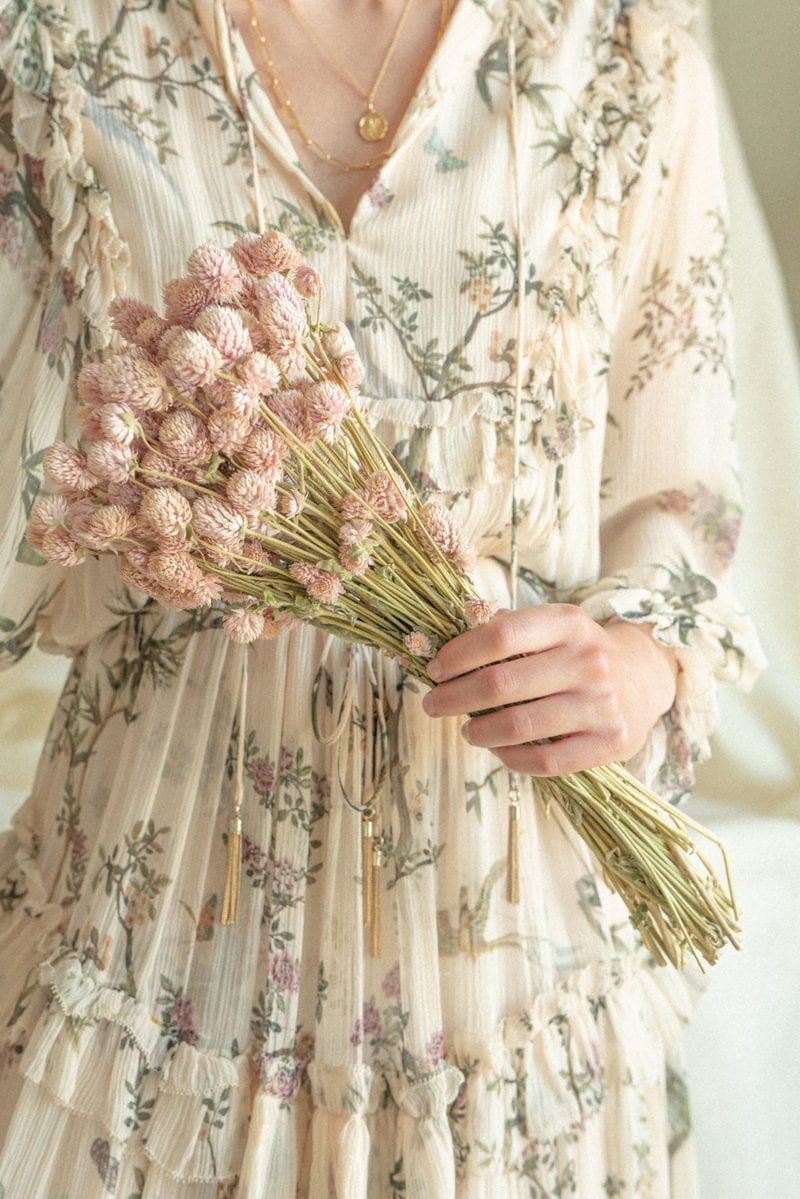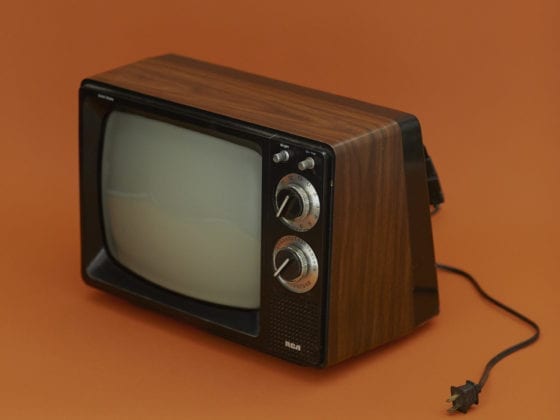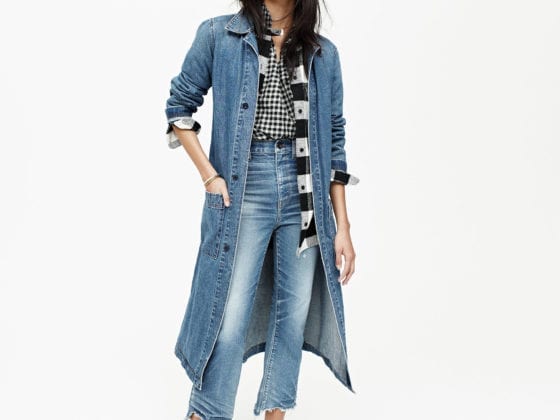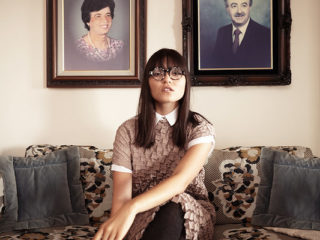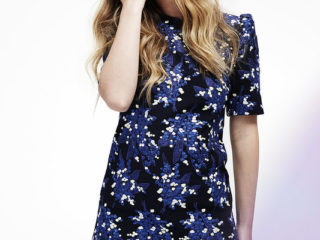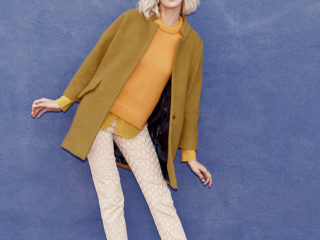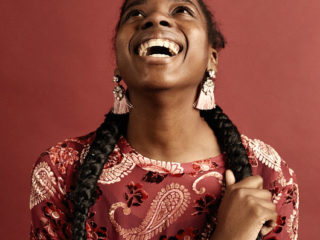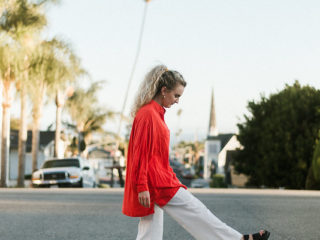When the COVID-19 lockdown began, those of us who were stuck at home suddenly felt as if all we do is eat, work, sleep and repeat. My at-home routine seemed inescapable, and so many things were out of my control. I knew that I needed to become more comfortable with being still and embrace my everyday routine, instead of compulsively scrolling and finding ways to escape.
In his book “Art as Therapy,” philosopher and author Alain de Botton proposes the ways in which art can be a tool to help us resolve issues we face in our daily lives. He explains that, “We are desensitized by familiarity and live in a commercially dominated world that highlights glamour. Hence, we often end up dissatisfied that life is humdrum; we are gnawed by the worry that life is elsewhere.”
Art and the creation of art can help us to become more present, to truly engage with the small miracles that manifest in the ordinary moments of our seemingly mundane lives. Through the creation of art, we can re-teach our eyes to pay attention to these details and develop a more receptive vision that truly sees the beauty that surrounds us, even when our lives seem mundane.
Art can help us to truly engage with the small miracles that manifest in the ordinary moments of our seemingly mundane lives.
I’m drawn to the still life genre, as both a photographer and an art lover, because it directs our attention to the simple beauty of the everyday world—the fruit bowl on the countertop, the organic lines of a ceramic vase or the unexpected elegance of a dying flower. Still life photography helps us pay attention to the things that we overlook when we’re hurried or need to appear productive or “glamorous.”
I’ve personally never had a knack for painting. Instead, I decided to explore the art of still life photography. As a professional photographer, I am used to the constraints of briefs, visual guidelines, editing and deadlines, but still life photography served as a sort of active meditation for me. It became a wellness practice that I incorporated into my weekly routine. It allowed me to put my phone down and visually explore my emotional landscape with physical objects. It has helped me repair my relationship with both photography and reality.
Photography, especially with the invention of the camera phone, has often alienated us from reality and from what lies right before our eyes. In today’s instant gratification culture, we prioritize sharing images of our experiences more than the experiences themselves. The daily diet of images we consume are heavily manipulated and hyper-sexualized. They aim to sell, hoodwink and deceive—making us feel as if we are not enough. We have learned to distrust images because we have so often been betrayed by them.
In today’s instant gratification culture, we prioritize sharing images of our experiences more than the experiences themselves.
Instead of being the victim of mass image production, still life creation enables me to slow down my creative process, to turn my attention to those things I previously overlooked and to create visual sound as opposed to visual noise. Typical still life paintings depict subjects of fruit and vegetables, drinking glasses, books, jewelry and other common inanimate objects. They were often a way to praise material pleasures, but this art form also served as a reminder to the viewer of the transience and brevity of human life.
These types of still lifes are called memento mori, which is a Latin phrase that means “remember you must die.” This genre typically consists of skulls, rotting fruit, hour glasses and extinguished candles. Still lifes also allowed artists to experiment with new styles of painting and to explore various compositions.
If you’re interested in exploring how creating still lifes can be a part of your wellness routine, then here are some tips to get you started.
Gathering inspiration.
I gather inspiration from visual artworks that catch my eye but also from ideas and themes that I have been pondering lately. I often ask myself, if this concept were to manifest visually, what would it look like? What textures would it take on, and what colors would it embody? I usually take a long walk in nature, flip through art books, visit antique shops to search for inspiring objects or even browse a museum’s online catalog.
Find a story.
- Pick a certain color to explore.
- Find a form of artwork (painting, drawing, sculpture, song, film) to visually respond to.
- Ponder on a single word (like organic, geometric, calm, warm, cool, bright, bold, elegant or soft).
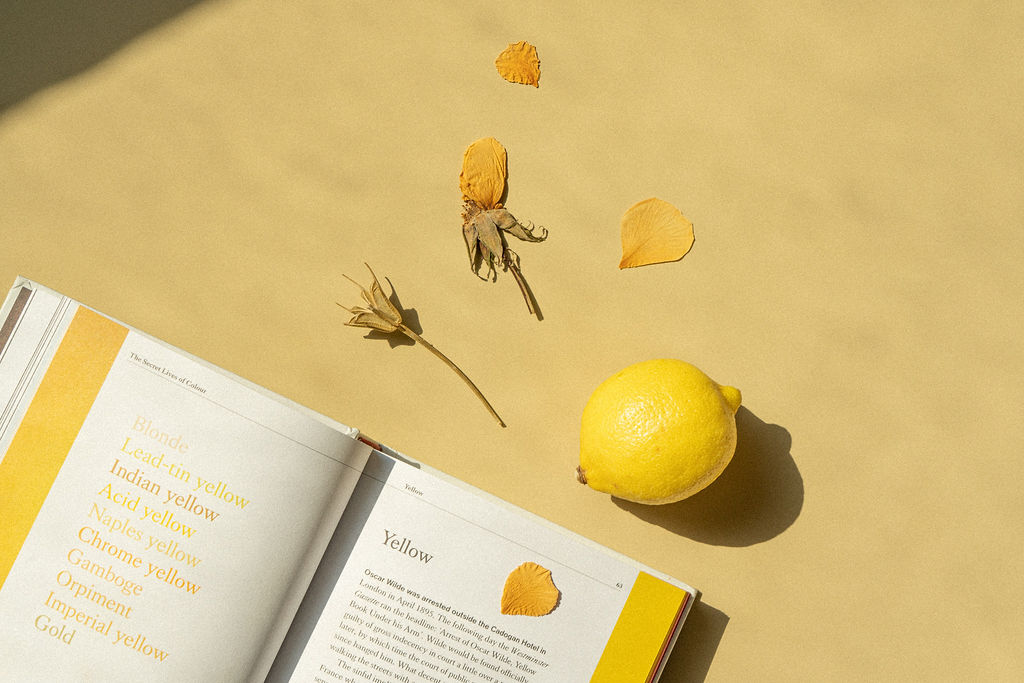
If this doesn’t come naturally, then don’t worry. Sometimes, the story will articulate itself as the process evolves. Sometimes it’s OK to make something that is simply beautiful, that provides rest for your eyes.
Creating still lifes, even if they are simple, can be challenging. It often takes experimentation, trial and error. I experience a lot of doubts when the composition is simply not clicking.
It’s important to remember that this is a creative exploration. There are no wrong answers. When nothing seems to be working, try removing an object or two, and keep it simple. Sometimes, less is more.
Keep it simple. Sometimes, less is more.

This is a visual playground that is entirely yours. There are no rules! I find that having these objects on hand makes it easier for me to experiment and overcome visual roadblocks.
Props to have on hand:
- Ceramic bowls or vases
- Vintage glass bottles
- Dried flowers
- Paper or cloth backdrops (bed sheets will do!)
- Shells or other found objects
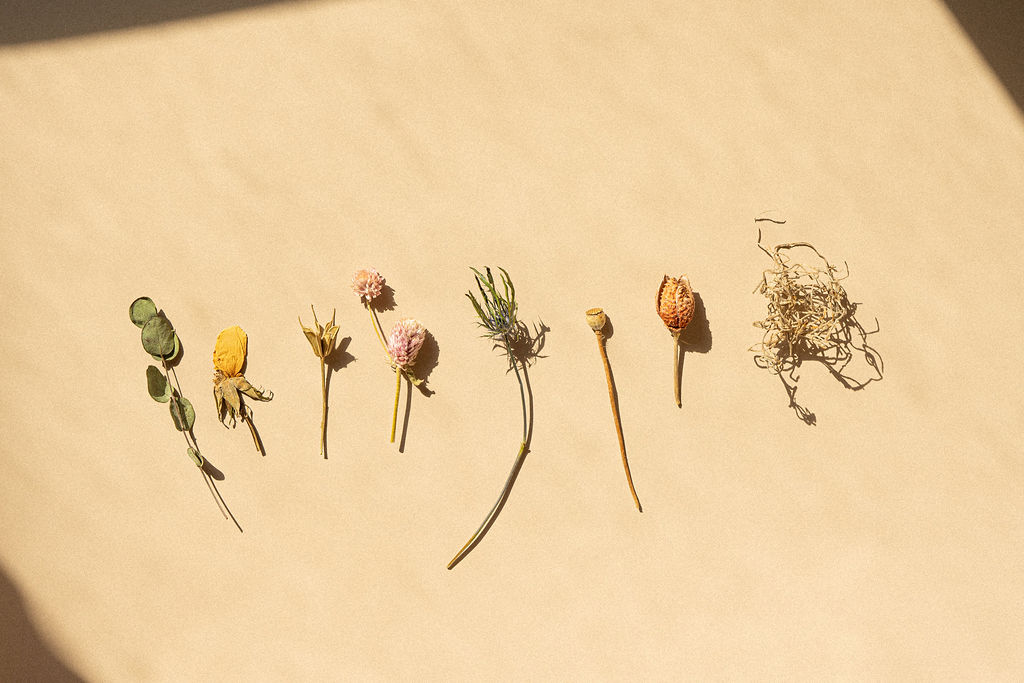
Collecting objects, picking and drying flowers can all become a part of the meditative process. I found that my morning walks to look for new material and textures to shoot became an integral part of my process.
You don’t need to have any fancy camera equipment to create your own still life image. A smartphone camera will do the trick. The final image is not the point. The process is the most valuable part. If you’re stuck, then try turning something upside down to subvert expectations. It may look silly, but it will encourage you to consider new perspectives.
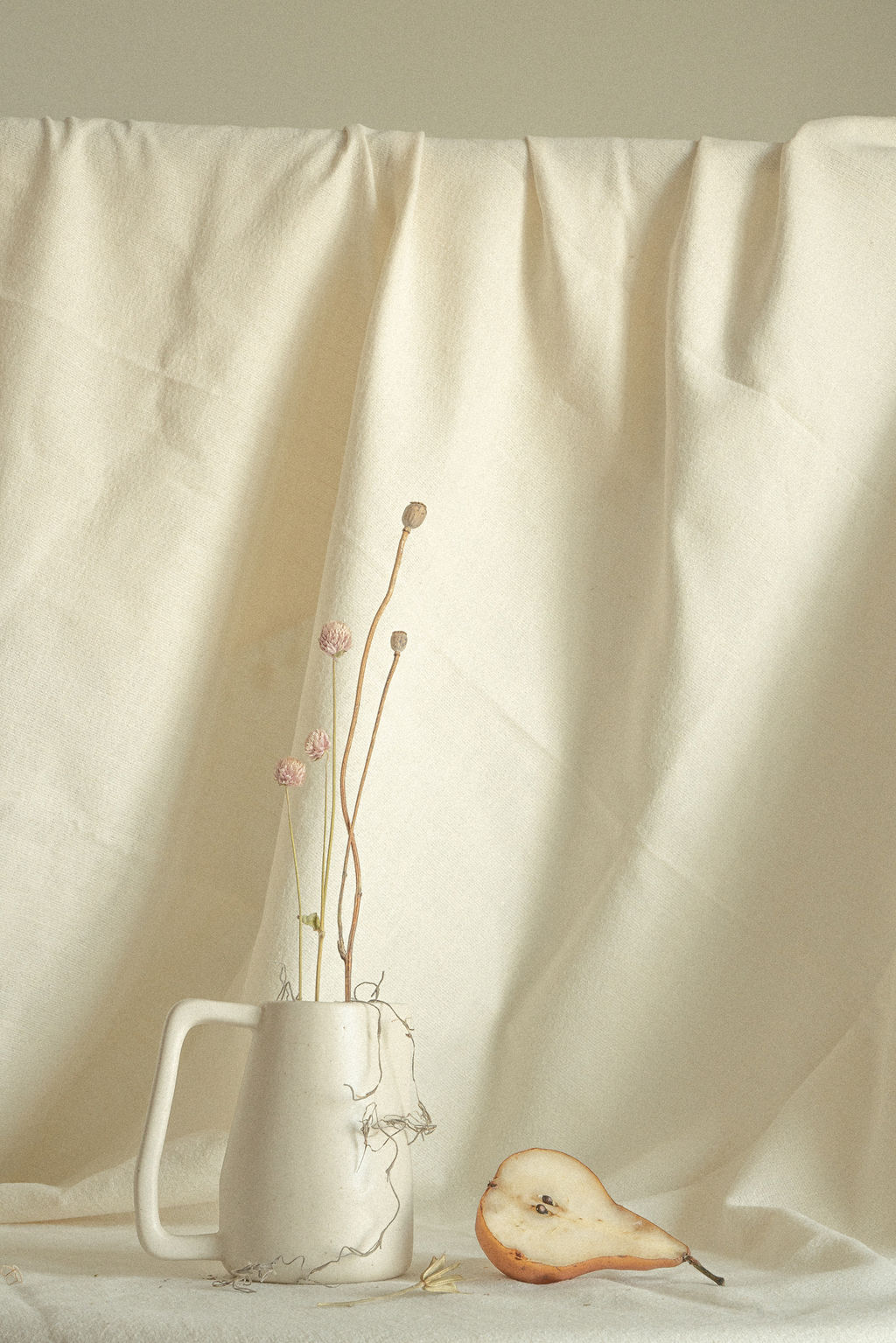
For the time I am composing an image, I am present with the simple objects in front of me. Arranging them in a way that feels right and true to that image is the only thing that matters to me. After hours of arranging objects, when I finally find a composition that feels right, I feel as if, in some small way, I am restoring order and creating harmony. This practice has slowly enabled me to find poetry and beauty in even the most mundane moments and to appreciate the small wonders of every day.
